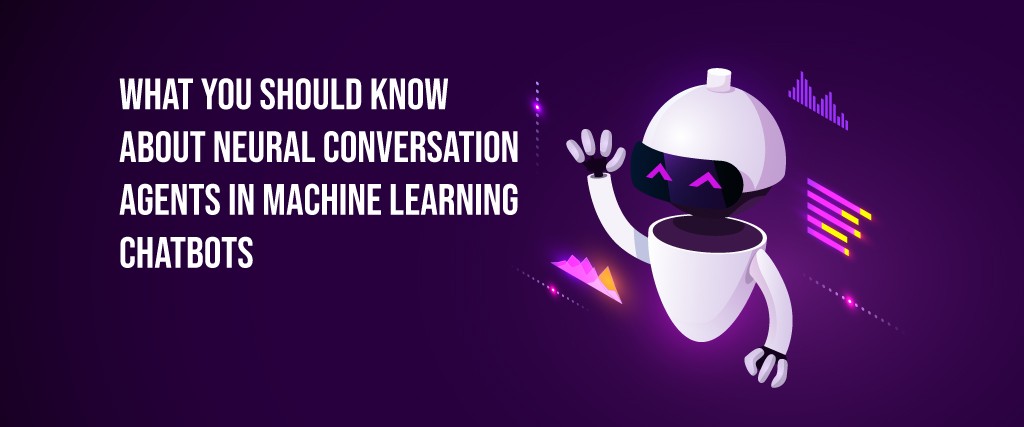Machine Learning Chatbots: Numerous facets of our lives have transformed because of artificial intelligence.
Many individuals have now used Alexa, Siri, Google Assistant, or Cortana or have at least heard of them.
Thanks to developments in chatbot machine learning, these and other neural conversation bots have entered life as we know it.
What is a chatbot using machine learning?
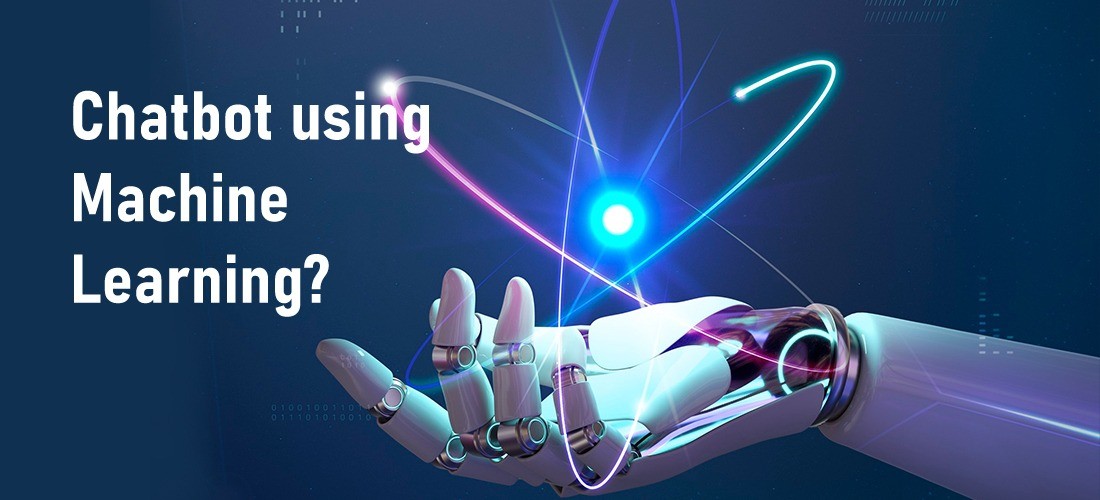
As its name indicates, a chatbot is a conversational technology designed to automate interaction.
Despite having infinite variations and frameworks, they may be primarily divided into two groups:
Rule-based chatbots:
These bots function by using keywords to carry out pre-programmed activities.
They are more common in e-commerce not just because they are simpler to construct but also because they are capable of doing basic jobs.
Machine learning-based chatbots:
Using machine learning, create chatbots.
Due to their usage of neural networks, they are more sophisticated and tend to talk more naturally.

The Evolution of Chatbots Using Machine Learning
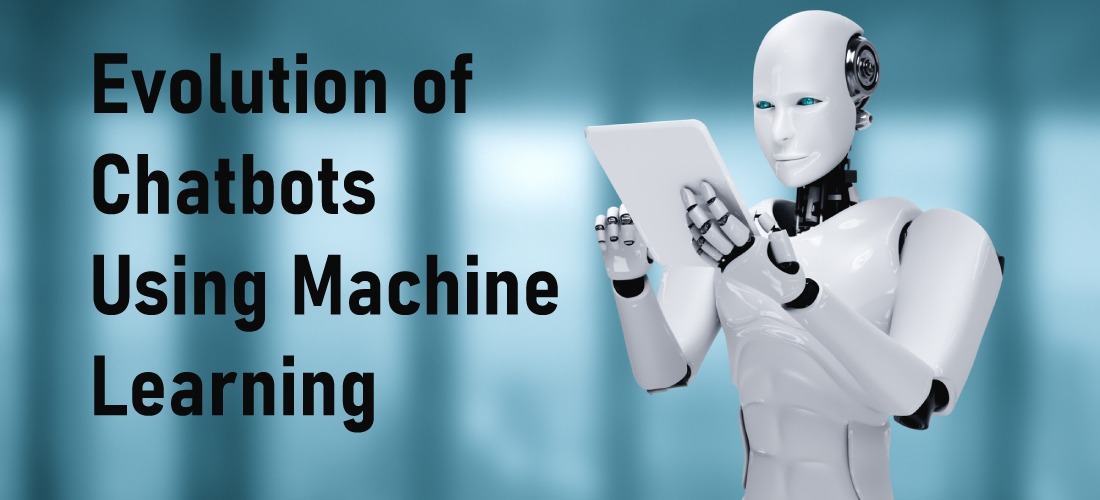
The automated chatbot is gaining popularity as a substitute for rule-based models.
This has been primarily made by advances in speech identification and analysis.
The foundation of most chatbot machine learning techniques is automated analytical model construction, enabling the computer to learn from experience.
In essence, the goal is to combine experience and learning so that these algorithms can make better judgments independently without needing help from a person.
Based on the idea that computers can understand, it automates the creation of analytical models.
They gain knowledge from data to find patterns and make judgments independently with the least amount of human involvement.
These brain-inspired models aim to mimic the many ways that the human brain learns.
Methods for Developing Chatbot Machine Learning Algorithms
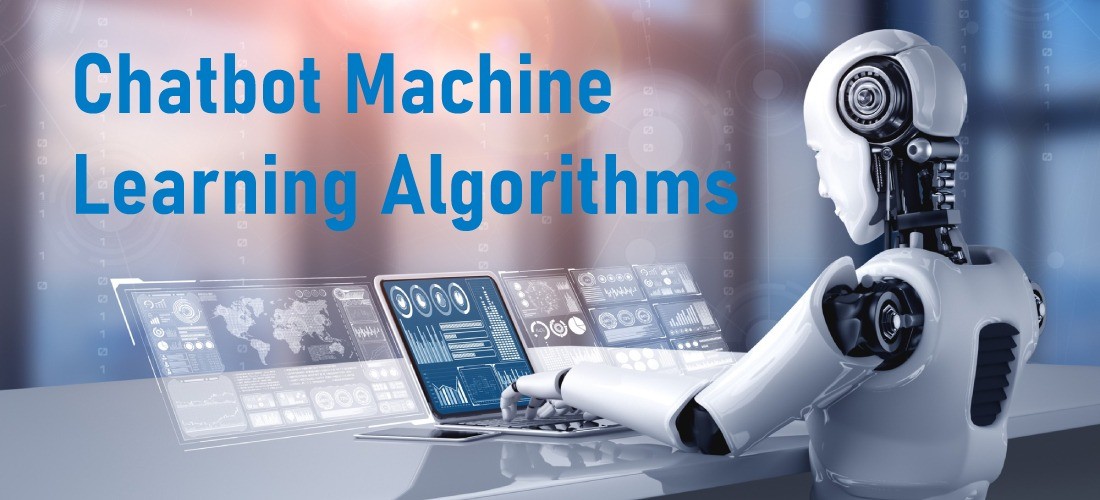
One of the first chatbots with a hard-coded rule-based framework is called ELIZA.
She (it) was a 1960s-era MIT chatbot that was so good at playing the part of a therapist that some users mistakenly believed it to be an actual therapist.
ELIZA combines a rule-based system based on pattern matching and replacement to mimic genuine conversations.
The digital assistants stated in the beginning are more sophisticated iterations of the same idea, reflecting the development that has occurred throughout time.
Contrary to rule-based models, neural conversation agents are more focused on speaking as naturally as possible.
Let’s look at several prevalent models used to create these conversational agents:
Retrieval-Based Models
One of the most common techniques now employed to fuel the bulk of chatbots is retrieval.
Essentially, it requires giving the model access to a database of pre-written answers to frequent queries.
The best relevant answer is then selected for the discussion using prediction by the algorithm.
With increasingly sophisticated systems, sophisticated machine learning algorithms may be used to find the appropriate answer.
Such systems need a lot of manual engineering and data pre-processing.
Additionally, they face the danger of having to manually update their databases as they age.
Due to this confluence of forces, they find it difficult to adjust to new situations or use cases.
Generative Models
The development of generative models addressed the shortcomings of earlier models.
The model would have to be sophisticated enough to create fresh content without careful engineering.
Instead of needing pre-written replies, they learn from data from fundamental interactions.
Therefore, they can produce a new dialogue that follows the same pattern as their training data.
A developer needs machine learning and training data to create this machine learning chatbot model.
Domain knowledge or manual engineering are not required. As a result, the model can scale more easily over time and alter more easily.
Some standard generative training techniques include reinforcement, supervised, and adversarial learning.
The most excellent feature is that a developer may train a chatbot model using any combination of the three methods.
Ensemble Approach
A model that can communicate spontaneously about any subject is the ultimate goal of developing a machine learning-based neural conversation agent.
Even though this has proven chiefly illusive, the ensemble method is progressing.
Depending on the situation, ensemble learning integrates generative, retrieval, and rule-based techniques.
For instance, they may sing using a rule-based approach, generate ideas for activities that haven’t been defined yet, and get news using a retrieval method.
However, this strategy is still in its infancy and is not yet ready to take the place of human communication.
Grounded Learning
In human speech, context and outside information are important factors.
For instance, a chatbot will comprehend when you say you’re heading to a restaurant but may not necessarily provide any information.
On the other hand, if you mention it to a local, you could obtain their advice on the finest food to order.
A person will use context to expand the discussion and provide you with new information.
Except for grounded models, most chatbots do not have these features.
These machine learning models have been taught to use relevant data to enrich and enlighten a discussion.
But more research must be done, and grounded learning must be refined.
Applications of the Machine Learning Chatbot in Daily Life
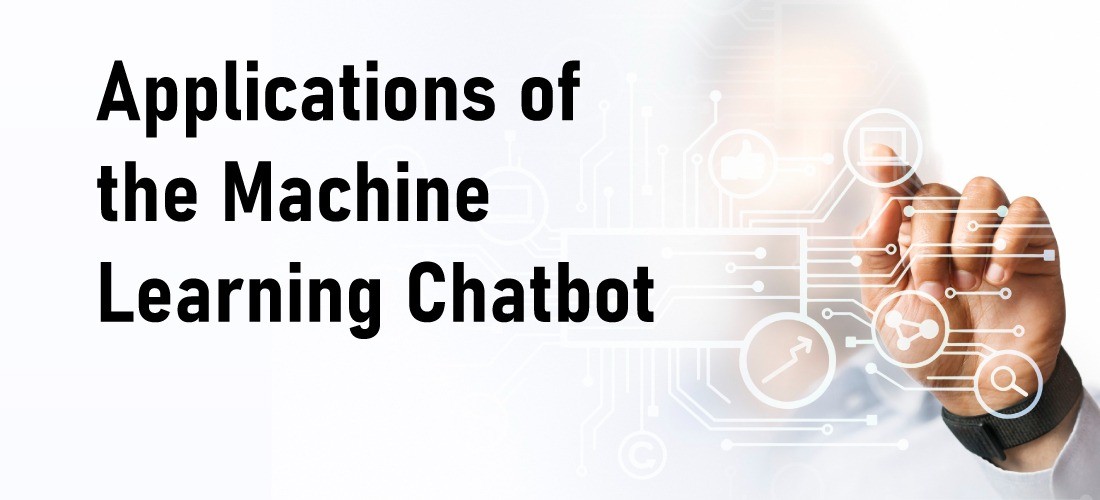
The usage of machine learning algorithms for chatbots is already becoming more commonplace, despite the fact that it may seem like a future idea.
Digital assistants have a role in the smart home, as was already noted. These are goal-oriented chatbots that assist users in resolving common problems using natural language.
However, other chatbots aim to have broad conversations with users and discuss various topics.
Today’s commercial environment allows for the use of chatbots that function on either end of the spectrum.
By utilizing such bots, online customers may get the same level of service as they would in-person via a live chat interface.
However, the amount of intelligence of a particular chatbot will determine the sort of experience that clients have.
These chatbots may keep a conversational tone while assisting clients in finding the desired products and providing answers to inquiries.
Based on their practical use, the biggest success stories in these scenarios are in internet marketing and e-commerce.
Compared to other automated tactics like email, bots have more potential to re-engage prospects, communicate the brand narrative, and even convert more effectively.
The potential of machine learning in business is growing as the industry does, going well beyond e-commerce.
While others listen to and evaluate talks, sophisticated models may access enormous quantities of material to extract and organize information.
FAQs lists
1. Which chatbot algorithm is the best?
The “Multinomial Naive Bayes” algorithm is the primary method for creating chatbots.
2. Is chatbot learning supervised?
Most chatbot systems solely use Supervised Machine Learning.
Conclusion
It should be noted that the technology is still in its infancy, and thus chatbots might be biased and prone to inaccuracy.
Due diligence must be taken throughout the deployment phase to ensure that your bot does not annoy users.
However, a dialogue that is 100% human-like may still be possible in the future.
Smooth discussions, however, are not too far away considering the amount and pace of advancement being made in the sector.
Read More: How Artificial Intelligence Chatbots Are Transforming Businesses

